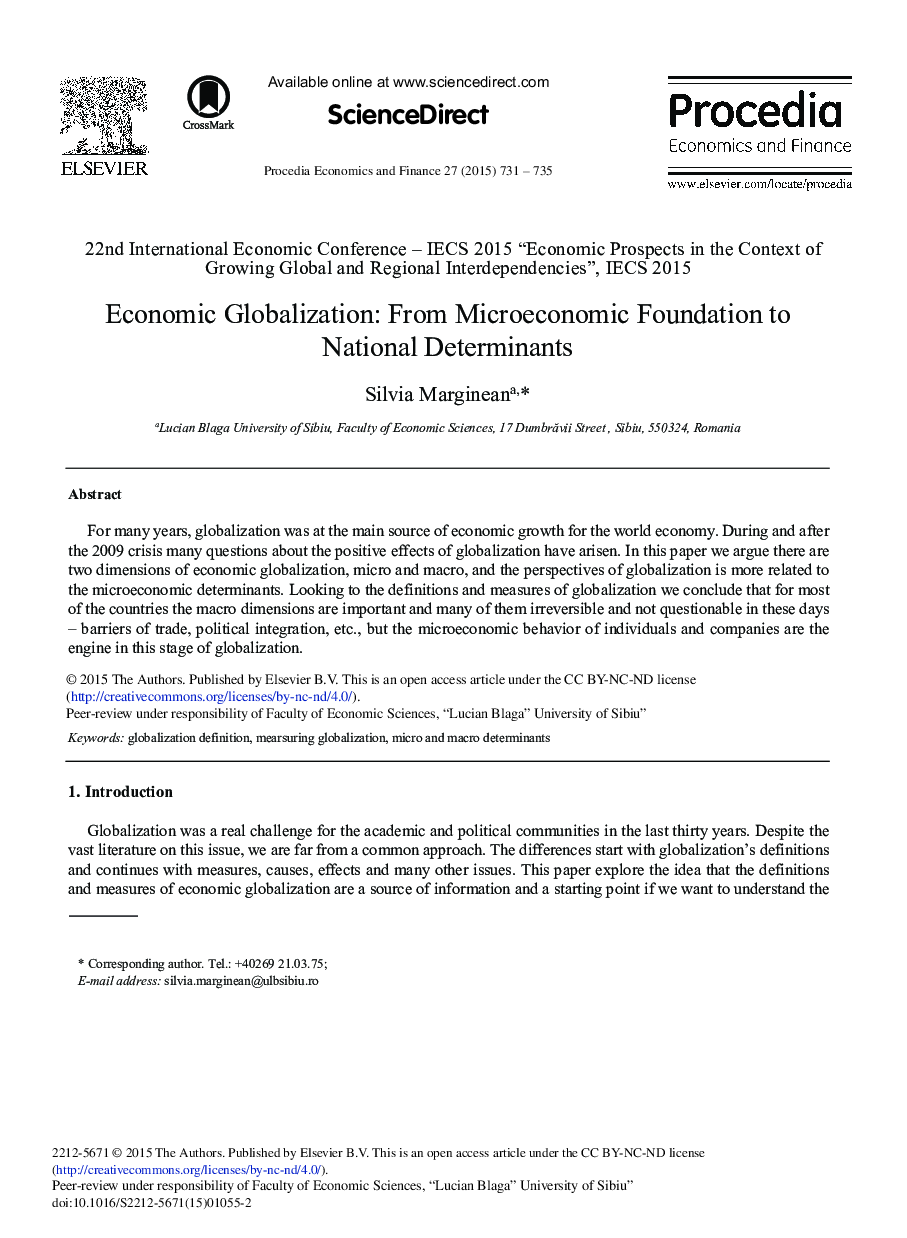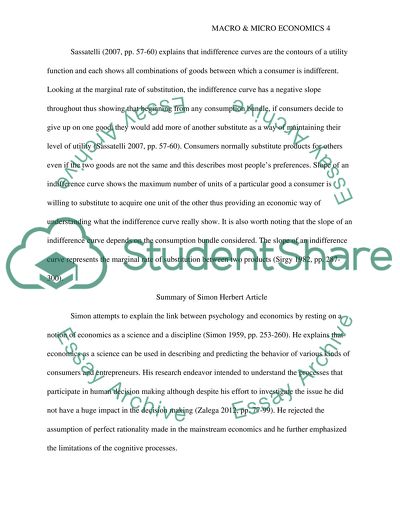Microeconomic articles are those that focus on specific and individual aspects of the economy, such as individual households, firms, and industries. They often analyze how these smaller units make economic decisions and how they are affected by various economic factors, such as supply and demand, prices, and competition.
One key aspect of microeconomics is the concept of opportunity cost, which refers to the cost of one economic decision in terms of the next best alternative that must be forgone. For example, if a student chooses to attend college full-time, the opportunity cost may be the income they could have earned if they had worked instead. This concept helps individuals and firms make informed decisions about how to allocate their resources in the most efficient and effective way.
Another important concept in microeconomics is elasticity, which refers to the degree to which the quantity demanded or supplied of a good or service changes in response to a change in price. For example, if the price of gasoline increases, some people may choose to drive less or use public transportation, leading to a decrease in the demand for gasoline. On the other hand, if the price of a necessity like food increases, people may not have much choice but to continue buying it, leading to a relatively inelastic demand. Understanding elasticity is important for firms to determine how prices will affect the demand for their products and to make pricing decisions.
Microeconomic articles may also analyze market structures, such as perfect competition, monopolies, and oligopolies, and how they affect the behavior of firms and prices in the market. For example, in a perfectly competitive market, firms are price takers and must accept the market price, while in a monopoly, the single firm has market power and can set the price. Understanding market structures is important for policymakers to determine how best to regulate and stabilize markets.
In summary, microeconomic articles focus on the economic decisions and behavior of individual households, firms, and industries, and how they are influenced by factors such as opportunity cost, elasticity, and market structures. Understanding these concepts is important for individuals, firms, and policymakers to make informed economic decisions and to understand the functioning of the economy at a more granular level.





